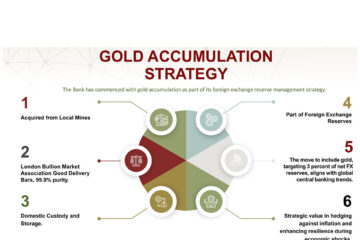The Scottish Africa Business Association has announced that a Scottish trade mission will visit Namibia later this month.
“Delighted to announce a partnership between SABA and Scottish Government for an energy focussed trade mission to Namibia in February,” the Association said.
It said Namibia is aiming to become a green hydrogen superpower in the coming decade by positioning itself as a key international exporter of the commodity.
“Investment is already secured for some major projects and key regional collaborations are planned to maximise the opportunity for Southern Africa. Alongside this, the country is pushing ahead with plans to become a renewable energy hub and have one of the world’s most exciting oil and gas sectors with huge opportunities across supply chain and skills training.”
The Association said it has been assured of access across the highest levels of government and private sector and aim to place Scotland as a partner of choice for the Namibia energy sector.
“The mission is open to Scotland based organisations and is proving extremely popular with over half the delegate places already been taken. The draft programme is attached and please get in touch for further details,” the Association.
Namibia Investment Promotion and Development Board (NIPDB has stated that Namibia is abundantly endowed with diverse indigenous energy sources. The country boasts the world’s second highest solar and wind regimes.
Namibia possesses a technical wind potential of over 100GW, making it one of the windiest places in the world with a capacity factor of around 50%. In addition, Namibia has a large capacity of rangeland and biodiversity which make it suitable for the accumulated biomass opportunities from bush thinning, making it an economically viable resource for value addition opportunities.
At its peak, the economy consumed about 640 megawatts of power per annum with a large part of the energy needs imported from neighbouring countries and the Southern African Power Pool (SAPP). On average, NamPower imports between 50% and 60% of its energy requirement.




